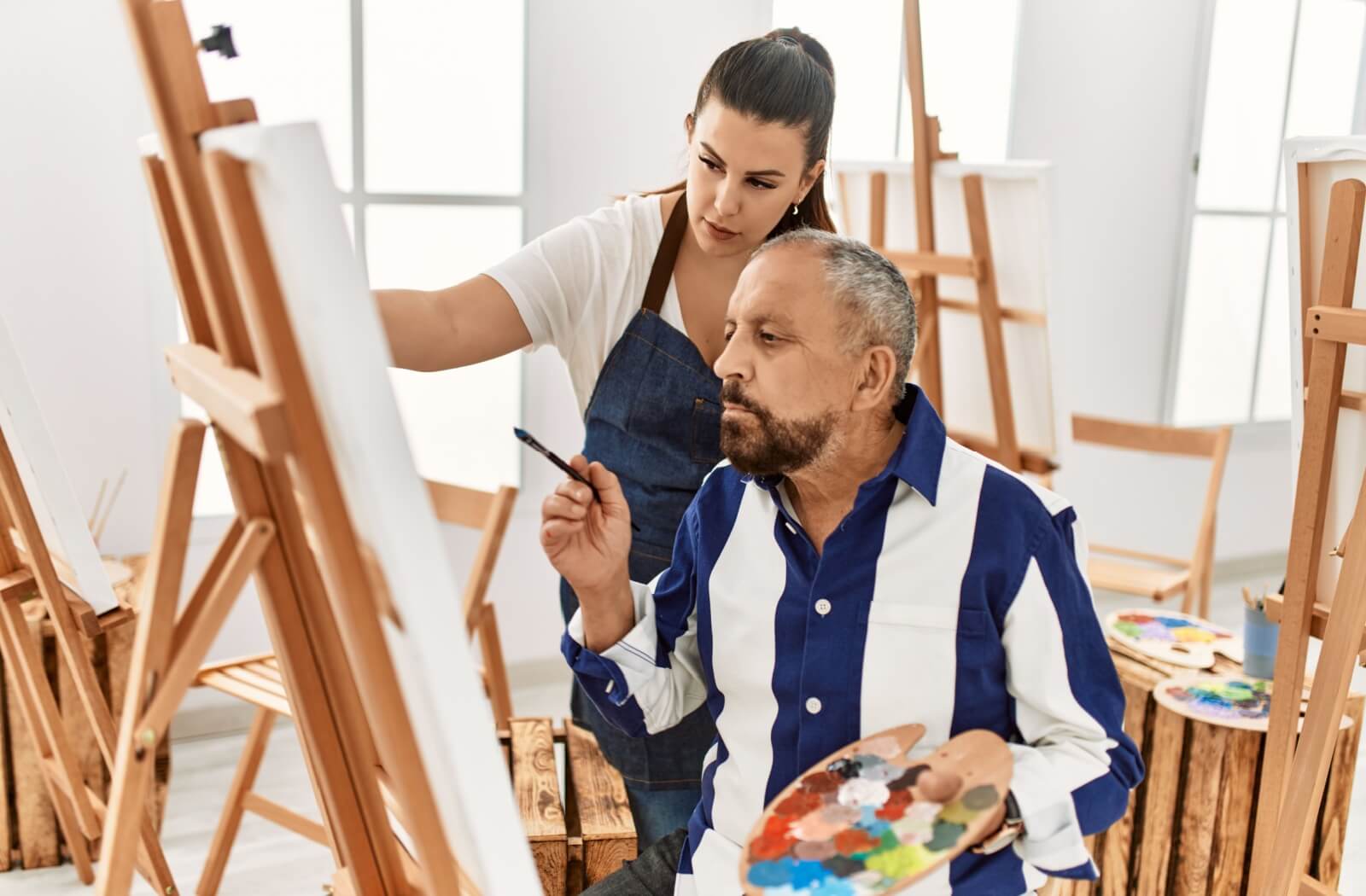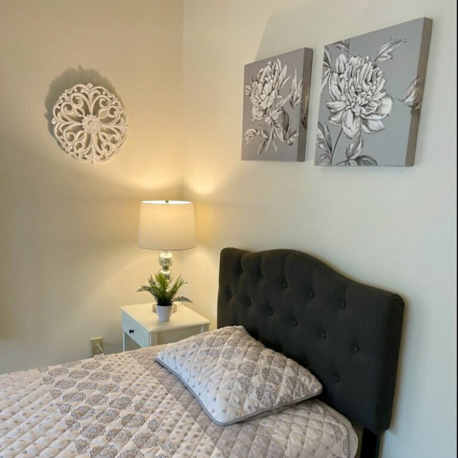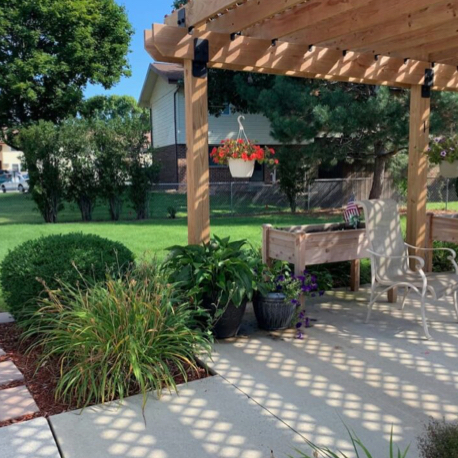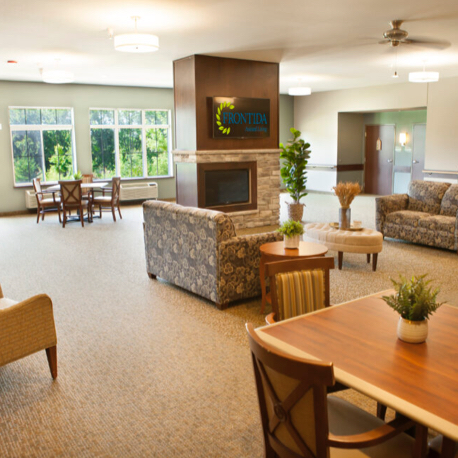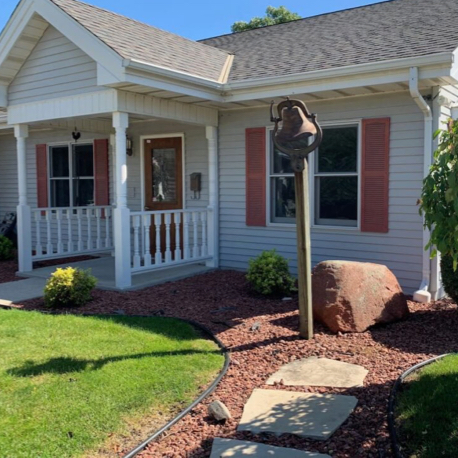Key Takeaways
- Art provides emotional relief by reducing stress, anxiety, and agitation in older adults with dementia.
- Creative projects encourage social connection through group activities and shared accomplishments.
- Art stimulates memory and cognition, often sparking conversations and reminiscence.
- Fine motor skills are supported through painting, sculpting, and other hands-on activities.
- Community programs in Racine, WI help seniors remain engaged with local culture while fostering joy and dignity.
Art activities such as painting, collage, clay work, and seasonal crafts give seniors with dementia meaningful ways to express themselves. These activities encourage creativity, support fine motor skills, spark memories, and foster social connections. By focusing on the process rather than the final product, art can help older adults with dementia at home and those in memory care experience joy and confidence while engaging their minds and hands.
Why Are Art Activities Helpful for Older Adults with Dementia?
Art activities can be an important way for older adults with dementia to help reduce stress and connect with others. Dementia often changes the way a person communicates, remembers, and interacts with the world, but creative abilities are frequently preserved. Art becomes a safe and joyful outlet for self-expression when words may be harder to find.
At senior living communities, families and caregivers see the value of incorporating creativity into daily routines. Whether through painting, crafts, or music-based art, these experiences help seniors stay engaged, discover moments of joy, and share connections with the people around them.
What Benefits Can Art Provide for Seniors Living with Dementia?
Art is more than just a pastime—it is a tool for well-being. From emotional relief to physical support, the benefits reach many areas of daily life.
Supporting Emotional Well-Being
Art encourages relaxation and reduces stress. Engaging in creative projects can ease anxiety, uplift moods, and give residents a sense of pride in their accomplishments. Even small successes, like adding a splash of color to a canvas, create meaningful moments of satisfaction.
Encouraging Social Connection
Group activities provide companionship. Sitting side by side while painting, sharing supplies, or admiring each other’s work helps spark conversation and foster friendships. For seniors who may otherwise feel isolated, these interactions can restore a sense of belonging.
Stimulating Memory and Cognition
Certain creative projects, such as painting a childhood scene or making collages with family photographs, can spark memory recall. Even when details fade, the emotions tied to familiar images and experiences often remain. Art taps into these emotional memories, encouraging storytelling and conversation.
Promoting Fine Motor Skills
Simple movements, like holding a paintbrush or shaping clay, help maintain hand strength and dexterity. These fine motor skills support independence in other areas, such as buttoning clothes or holding utensils during meals.
What Types of Art Activities Work Best for Older Adults with Dementia?
The key to success is offering variety and flexibility. Seniors have different interests and abilities, and adapting activities ensures everyone can participate.
Painting and Drawing
Painting allows seniors to explore colors, shapes, and emotions freely. Watercolor and acrylics are popular choices because they are easy to use and quick to clean up. Even abstract painting can be therapeutic, with no pressure for accuracy or detail.
Collage and Scrapbooking
Collages combine photographs, fabrics, and natural materials into unique creations. Scrapbooking adds a personal storytelling element by preserving mementos and memories. These activities often encourage conversations about family history and special life events.
Clay and Sculpture
Working with clay is tactile and calming. Seniors can roll, pinch, and mold pieces into bowls, ornaments, or figurines. The texture of clay also provides sensory stimulation, which is especially beneficial for residents in later stages of dementia.
Music and Movement-Based Art
Pairing art with music creates a multi-sensory experience. For example, painting to the rhythm of a favorite song helps residents connect emotionally while enjoying the physical activity of moving their brush in time with the beat.
Seasonal and Holiday Crafts
Crafting items like holiday cards, autumn leaf collages, or springtime wreaths helps residents stay connected to the calendar year. Sharing handmade items with friends and family also builds a sense of pride and purpose.
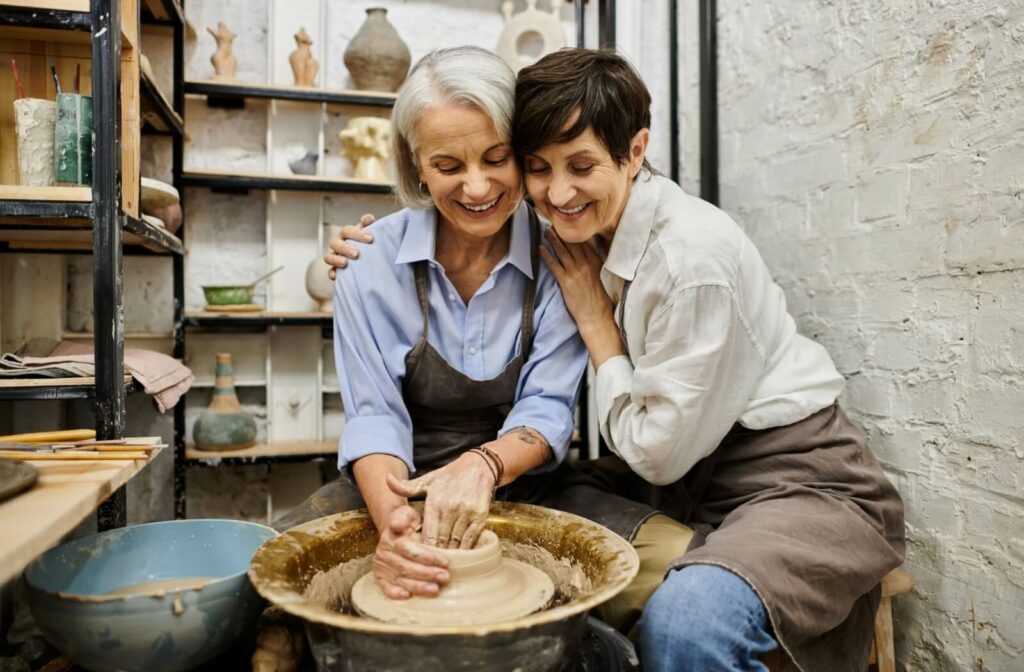
How Can Caregivers Make Art Activities Accessible?
Caregivers and activity staff can make art approachable and enjoyable by tailoring experiences to individual needs.
- Simplify steps: Break projects into clear, manageable instructions.
- Choose safe materials: Use non-toxic paints, soft tools, and large beads or brushes.
- Provide visual examples: Showing samples or photos helps residents understand the goal.
- Offer gentle guidance: Support without correcting—focus on enjoyment rather than “getting it right.”
- Create a calm space: Good lighting, soothing background music, and minimal distractions help residents stay engaged.
By focusing on the process rather than the finished product, caregivers can ensure that every participant feels successful.
Why Are Community-Based Art Programs Important in Racine?
Racine has a rich history of art and culture, from the Racine Art Museum to a vibrant theater and music scene. Bringing this creative spirit into senior living communities ensures older adults remain connected to the wider cultural life of the city.
Local organizations sometimes partner with memory care programs, offering visiting artists, volunteer-led workshops, or collaborative events with schools and community groups. These experiences create opportunities for seniors to share their work, feel valued, and participate in meaningful community connections.
For families, knowing that their loved one has access to enriching experiences beyond basic care provides comfort. Art programs demonstrate that dementia care can prioritize joy, dignity, and continued engagement with life.
Tips for Families Looking to Support Art at Home
Even outside of a senior living community, families can encourage art in daily life:
- Provide simple art kits with large crayons, watercolors, or modeling clay.
- Set aside a dedicated space where materials are easy to reach.
- Play familiar music to make the activity more engaging.
- Celebrate small projects and display finished pieces proudly.
- Join in—creating together can strengthen bonds and provide shared joy.
A Community That Values Creative Care
At Willowgreen Home Senior Living in Racine, WI, art is part of a compassionate memory care approach. Residents are encouraged to explore creativity through painting, seasonal crafts, and group projects designed to inspire connection. These experiences support emotional well-being, spark conversation, and give residents opportunities to express themselves in ways that feel natural and fulfilling.
Families can feel confident knowing that their loved ones are cared for in an environment that values dignity, creativity, and joy. To see how we integrate art into memory care, schedule a visit today and experience the difference of a community that celebrates both care and creativity.

